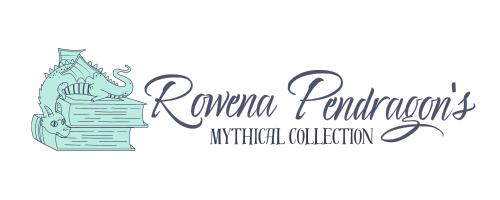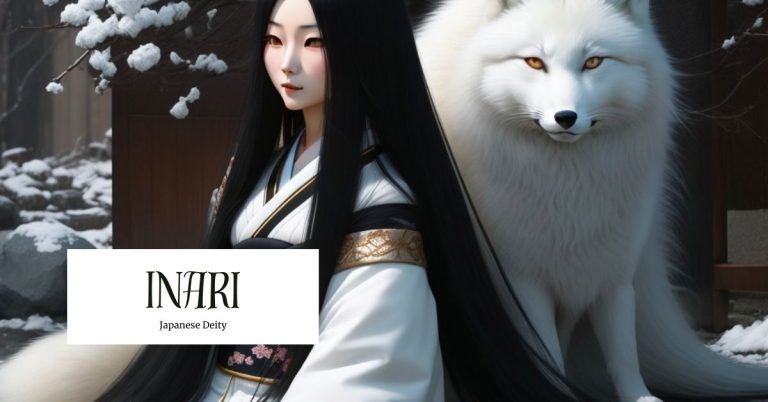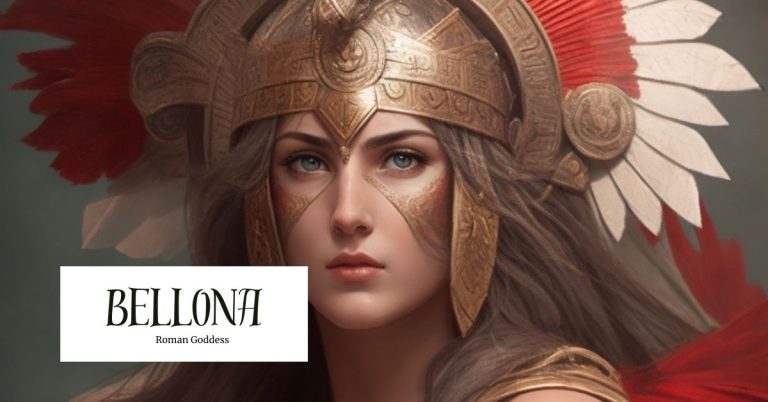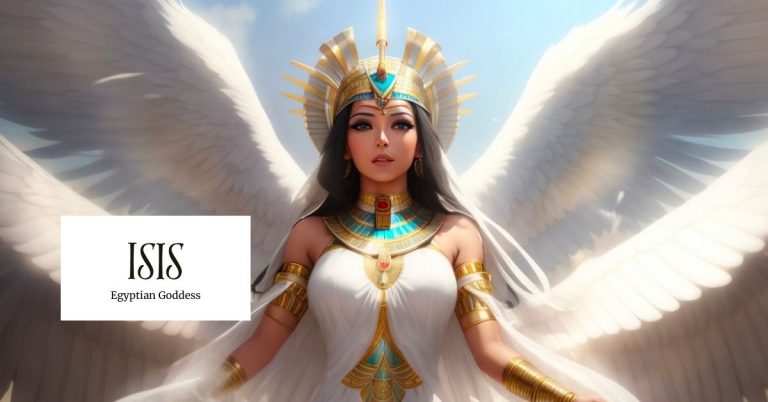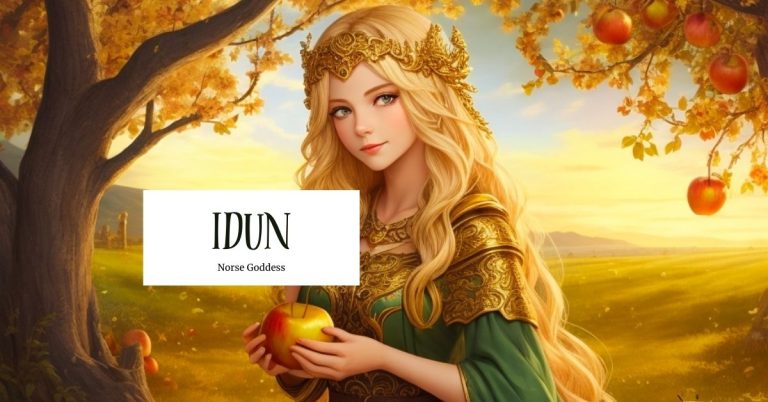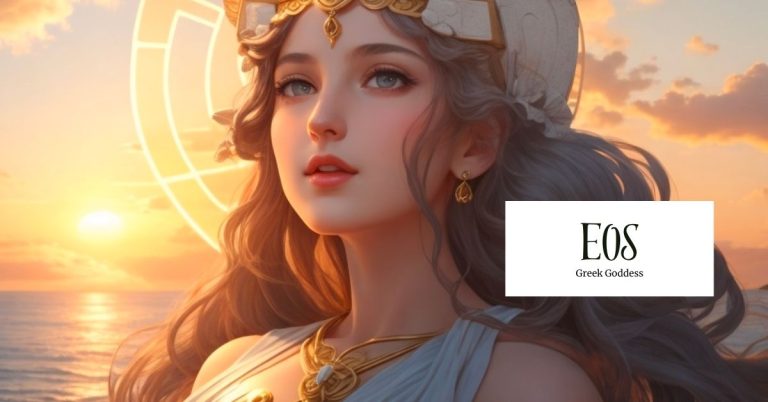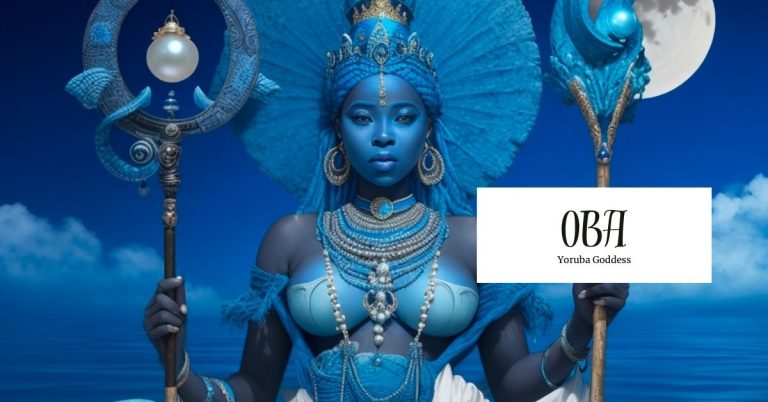Maat: The Goddess of Law
The goddess Maat, but also the name of the Egyptian system of laws. Maat is more of a concept and individual deity, rather than a tangible goddess. She is associated with everything related to a system of laws—morality, balance, order, justice and truth. Maat is one of the many daughters of the powerful sun god Ra. Her traits and symbols are often associated with the pharaohs, since they are the human embodiment of Maat and hold the position of maintaining laws and ensuring justice is served.

Source: Saatchi Art
Overview of Maat
Maat is the goddess of law, truth, balance, morality, justice, order and anything along the lines of maintaining a moral lifestyle. This goddess regulated the stars, the seasons and the actions of other mortals and deities. The earliest records of Maat during the Old Kingdom indicate that she is the norm for nature and society in all worlds. Pharaohs were often depicted with symbols and aspects of Maat to symbolize their roles upholding law and order in ancient Egypt. Maat had a male counterpart named Isfet, who was everything Maat was not. He was chaos, violence, evil and injustice.
Abilities
Maat’s abilities are simply representing the ethical and moral principles and rules that all Egyptian citizens followed. She assisted in regulating the morals and ensuring that justice is served. Ancient Egyptians were expected to act truthfully in all matters including family, community, environment, nation and the deities. Maat embraced all aspects of existence in the world including the cycling of the seasons, honesty in social interactions, the equilibrium of the universe and so much more. Maat bounded all aspects together in unity—universe, environment, state and individuals. These aspects were all seen as little parts to a wider idea generated by Maat.
Characteristics
Maat was most commonly depicted as a young woman, usually with wings on each arm or an ostrich feather on her head—an ode to a ritual involving a feather specific to Maat. She was often seen sitting on a stone platform that represented her foundation of justice, law, order and morality.
:max_bytes(150000):strip_icc()/painting-of-the-goddess-ma-at-from-the-tomb-of-nefertari-528773636-57d495585f9b589b0a9507c4.jpg)
Source: Learn Religions
Traits
Maat kept the balance and order of the universe. She was a righteous goddess who helped the ancient Egyptians develop their own sense of justice and morality. Maat had seven principles that summed up what she stood for and what the Egyptians should follow in their daily lives. The seven principles of Maat, also known as the Laws of Maat, are: justice, harmony, reciprocity, propriety, truth, balance, and order.
Symbols
Maat, like many other goddesses, is seen holding ankh, which is the symbol of eternal life. The feather, either on her arms or head, is known as the symbol of truth. When someone died, their heart would be weighted against Maat’s feather, a ritual specific to her. Sometimes, Maat was represented by a plinth, the heavy base that supports a statue or other object. In her case, it was used as the throne on which the pharaoh sat. It symbolizes that Maat is the foundation that divine rule was built on.
Festivals and Rituals
Maat had a specific ritual associated with her. It has a few different names, most commonly known by the Judgment of Osiris, but all have the same idea. According to ancient Egyptian mythology, when someone died, their soul had to then pass through the Hall of Judgment. Their heart was then weighed on a scale against Maat’s feather of truth. If the person’s heart balanced with the feather, they were able to continue their journey to the afterlife. If the heart did not balance the feather, their journey to the afterlife ended there. It was a test to see if the person followed Maat’s values and standards throughout their life. Some versions of the ritual include the dead reciting a negative confession of all the things they never did. If the heart was heavier than Maat’s feather, it was fed to a monster, who ate it.

Souce: Wikipedia
The 42 Confessions of Maat and the 42 Negative Confessions is what ancient Egyptians lived their lives by and what Maat looked at when weighing the hearts. Some were carved into people’s tombs to help assist them in the afterlife.
The goddess was often celebrated with food, wine, and incense. Maat did not have temples of her own, but was worshiped in sanctuaries and shrines in other temples and palaces. When a new king or pharaoh took the throne, he offered a small statue of Maat to the other gods. Some kings would even describe themselves as the “Lord of Maat.” It was believed that the pharaohs or kings could bring harm onto the community, like a famine. The ancient Egyptians were big believers in cosmic harmony and the power of the universe. Any disturbance in the cosmic harmony could have major consequences. Because Maat is associated with tying all aspects of the universe together, it was important to worship her and respect her values.
Legends associated with Maat
There are not too many legends and myths associated with Maat due to her nature of being a personification of a concept, especially compared to the other goddesses. Maat is part of the original creation of Egyptian deities by the sun god Ra.
Origin story
There is not much detail surrounding Maat’s creation, other than the fact that she was created when Ra rose from the waters at the start of time. Maat does not have a mother. When Maat was created, she filled the cosmos with justice and order. However, humans started bringing evil and injustice, as well as her counterpart Isfet, so Maat had to learn to balance.

Source: Dr. Michael Harris
Maat’s children
Maat is married to the god of wisdom, the moon and magic—Thoth. Maat and Thoth were a perfect match in Egyptian mythology because of their similarities of intellectual principles and cosmic power. In the myth, Maat and Thoth had eight children that became the gods of the city Hermopolis. The eight children were called the Ogdad and it was believed that they were responsible for the creation of the world and everything in it. Amun and Amunet represented air; Heh and Huahet represented the eternal; Nun and Nuanet represented water; and Kuk and Kuaket represented darkness.
Modern appearances
Maat’s modern appearances are more conceptual due to what she stands for. Maat is seen everyday all over the world. Justice, law, order, morality and honesty are all universal principles and concepts that can be understood in all parts of society today. Although there’s not more goddess Maat that people look to and worship, what she stood for still stands today. Her presence in ancient Egypt times helped the ancient Egyptians personify those abstract concepts and look toward a deity to help guide them through values and morals.
Source: The Met Museum
Final thoughts
The goddess Maat is an especially important goddess who still has ties to the modern world today. Her association with justice, good morals, and laws is still relevant today in modern society and keeps society moving forward. Maat stands for values and morals that can be seen all over the world, not just Egypt.
Sources
Encyclopædia Britannica, inc. (n.d.). MAAT. Encyclopædia Britannica. https://www.britannica.com/topic/Maat-Egyptian-goddess
Ma’at. Explore Deities of Ancient Egypt. (n.d.-a). https://egyptianmuseum.org/deities-Maat#:~:text=According%20to%20the%20creation%20myths,to%20Thoth%2C%20god%20of%20wisdom.
Ma’at: The Goddess of Truth and justice. Ma’at | The Concept And Goddess Of Truth And Justice. (n.d.). https://www.ancient-egypt-online.com/maat.html
Maat: The goddess who judged the hearts of the dead. Timeless Myths. (2022c, March 21). https://www.timelessmyths.com/gods/egyptian/maat/
Wigington, P. (2018, March 31). Ma’at, Egyptian goddess of truth and balance. Learn Religions. https://www.learnreligions.com/the-egyptian-goddess-maat-2561790
Wikimedia Foundation. (2023, July 8). MAAT. Wikipedia. https://en.wikipedia.org/wiki/Maat
